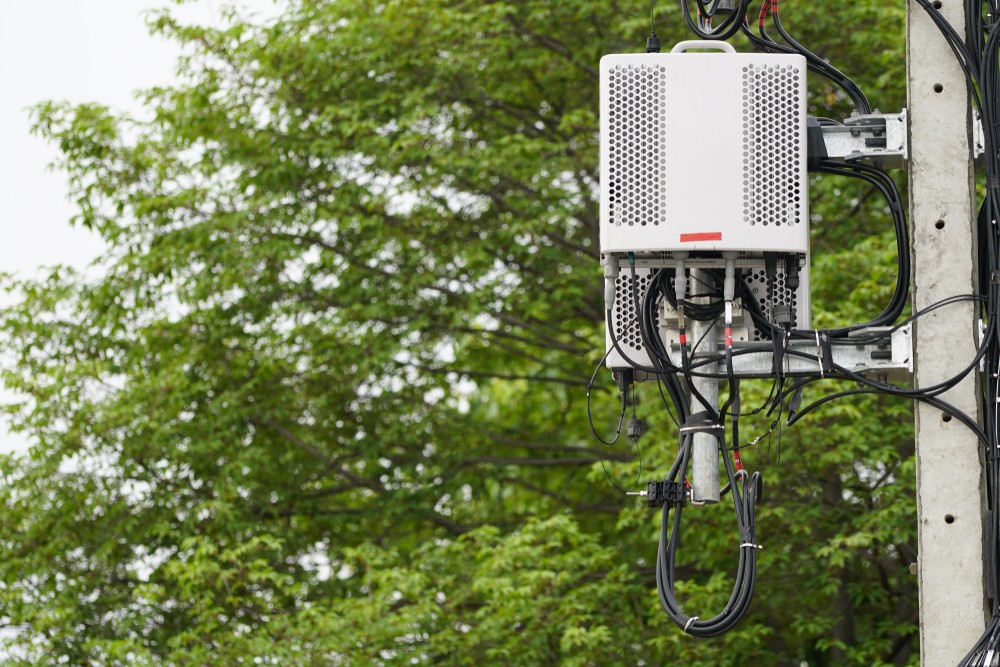The Wireless Broadband Alliance (WBA), the body leading development of next generation Wi-Fi services, supports the decision by the Federal Communications Commission (FCC) to open up the 6GHz frequency band for use by Wi-Fi 6 technology. It declared the release of the spectrum would bring radical change for the Wi-Fi industry in terms of service speed, hyper low latency and more importantly, network capacity.
“Extending Wi-Fi into the 6GHz spectrum band can provide more Wi-Fi capacity than all the other bands put together,” WBA CEO Tiago Rodrigues explained. “What’s more, using Wi-Fi 6 technology in the extended band (also known as Wi-Fi 6E) will deliver higher speeds, low latency and service levels that are equivalent to 5G networks and be able to support the widespread, low-cost, use of advanced business, industrial and consumer applications.
“In terms of the capability and capacity of networks, Wi-Fi 6E, will rewrite the rules of what is possible,” Rodrigues added.
The WBA confirmed that its early trials of Wi-Fi 6E achieved speeds of 2Gbps as well as consistent two-millisecond low latency connections, and a major step-up from current Wi-Fi technology. Carried out in San Jose, California, by WBA member companies Broadcom and Intel Corp, the trials demonstrated that Wi-Fi 6E can meet the needs of industrial and consumer applications of virtual and augmented reality technology.
The WBA has been leading a series of successful Wi-Fi 6 trials across different verticals including Industry 4.0, residential, education, transportation hubs, sports stadiums etc. and these are now extending to Wi-Fi 6E and additional verticals. WBA member and partner companies taking part in the trials include Aruba, a Hewlett Packard Enterprise company, Boingo Networks, Broadcom, Cable Labs, Cisco, Comcast, GlobalReach Technology, Intel Corp and SK Telecom.
“Wi-Fi 6E technology is designed to deliver performance in highly congested places,” said Rodrigues, “and the next phase of our trials will prove that performance in real world locations. These trials will demonstrate the application and the benefits of the technology in live environments and through this accelerate the adoption and creation of new business opportunities enabled by the opening of the 6GHz spectrum to be used for Wi-Fi services.”




